Tell me a good story and you have my full attention. Story is the way we learn and is a powerful way to communicate. From before biblical days, story has always been the way to transmit knowledge, beliefs and ethics.As a child I can remember sitting glued to the radio as the Just Mary stories came on air. While I could read these stories, it was the addition of voice that added colour to the story. The reader’s voice used register, timing and dynamics to bring the tales to life. More and more story comes to us through a variety of media. New layers (image, music, movement) add new dimensions to the way stories are told. But it is not enough to add layers. We have to understand how to use each of these aspects to tell the story. That is we have to understand the codes and conventions to harness them in telling our stories. What role does camera angle play? How can we choose just the right music to appeal to the audience? How does colour affect the message?
I really believe in the power of story. Throw statistics at people and their eyes glaze over. Just look at how people react to natural disasters. It was not the number of people affected nor the amount of damage that pushed people to donate to Japan after the tsunami; rather, it was the personal stories of loss, of courage of determination that mobilized people. We could empathize with stories, but not with numbers.
There are some interesting projects around that can inspire our students as storytellers. And, I would like to add, storytelling is not just for language arts as some of these samples will show you.
StoryLab: The Center for Digital Storytelling in the U.S. has begun an initiative to help people create videos to “promote public conversation” around issues. Their motto is Change the Story Change the World. They are just beginning. I’m looking forward to seeing the stories that come out of this.
Wes Fryer, through StoryChasers has been helping people collect oral histories. You can learn more here
Mapping Memories My colleague, Paul Rombough, wrote about this in a previous blog entry. It is worth watching some of the videos by refugee youth. Everyone has a story.
As our world becomes more visual, it is imperative that our students learn to read and communicate through a variety of media. They can now create digital stories that can be viewed by people around the world. Let’s help them learn to create in powerful ways so they, too, can share through their stories: their hopes, their opinions on issues and their creativity . As modern day storytellers they can help create the world they envision. Never underestimate the power of story.
***************************
Resources
The Mapping Memories site has excellent resources to get you started.
You can also find resources from Digital Pictures Speak, a workshop from LEARN

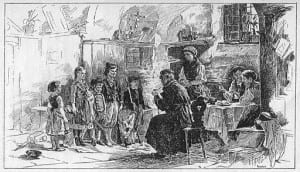
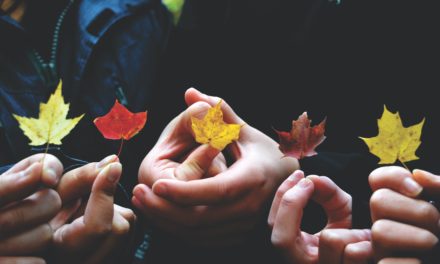
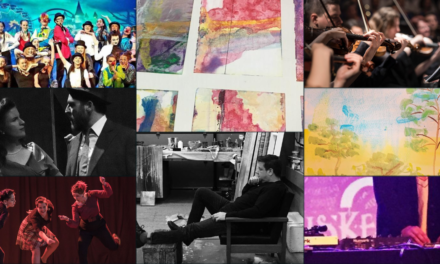
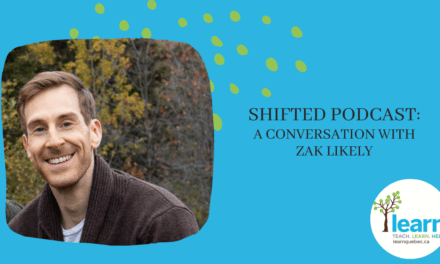
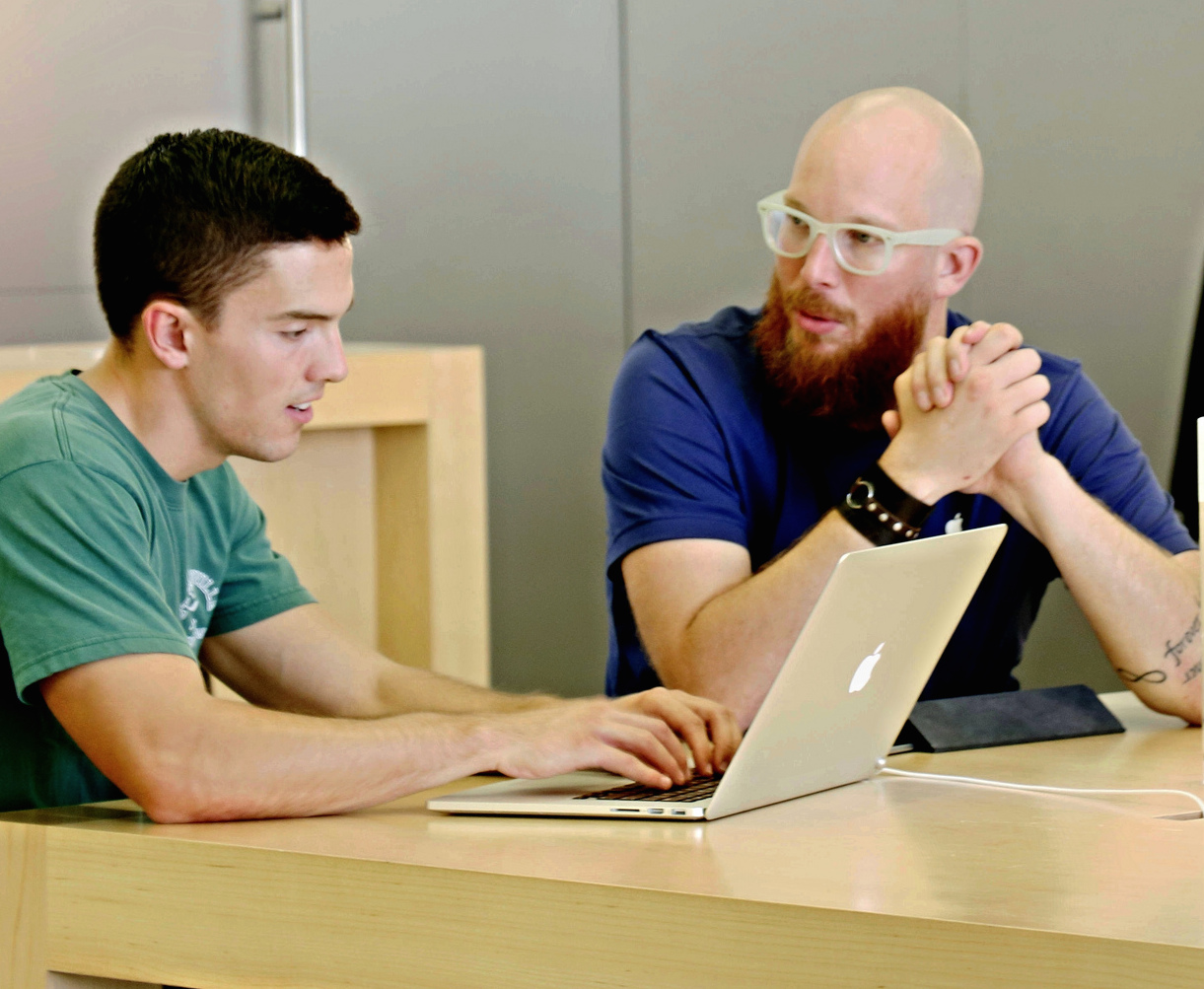
Thanks for the reminder Susan,
Sharing personal narratives, the stories of our lives, of our understandings of the world around us, is incredibly powerful. While we promote this amongst our students and occasionally use it as an instructional strategy, we don’t always take the time to share stories of practice as educators. I would encourage teachers reading this post to consider in what ways they might share stories of practice with their colleagues.
What was your best day as a teacher? Can you share a time when everything just “clicked”? Why do you think it went so well?
We archived some stories of practice on the unplugd website. I was fortunate to have been there last year and hope some of you consider attending next year:
http://unplugd.ca/
Take good care,
Tom
You have made some excellent points, Tom. Digital stories of our practice are powerful ways of sharing what we do – part of a professional portfolio, and they also help us to observe ourselves and reflect on ourselves as teachers and learners.